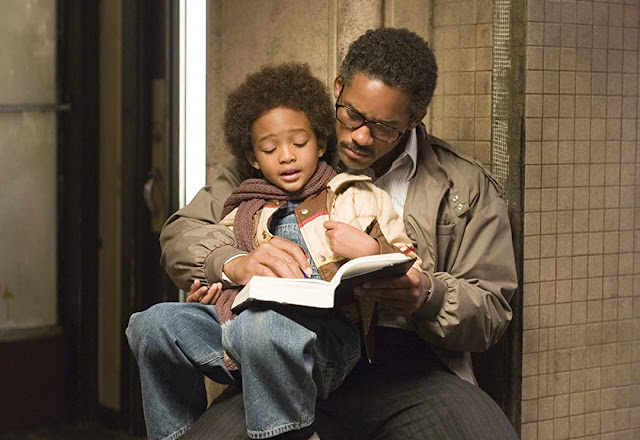Uses & Gratification Theory (For Assignment)
Uses and Gratification
Uses and gratification theory shows how media can have an impact on the audience and people. The theory explains how the audience uses different media to fulfill or satisfy their various needs. Sometimes you can even see that this theory shows how people are affecting media instead of how media is affecting people.
The theory aims to highlight why and how people leverage media for their own personal “needs” or to gratify a consumer in ways they consider personally desirable. One type of media might fulfill one person in a way that repulses another- it is highly contingent upon the individual. So it is about what people do with “their” media rather than what media does to them. Contradicts magic bullet theory
Uses and gratification theory can also be referred to as UTG in some places.
There are different types of gratification and needs of the audience. Here are the 5 of each need.
- Affective Needs
- Cognitive Needs
- Personal Integrative Needs
- Tension-Free Needs
- Social Integrative Needs
History of the Theory
Stage 1
In 1944, a researcher named Herta Hertzog interviewed some people who used to listen to soap operas. The findings were that there were 3 types of gratification form of entertainment. The first form was emotional, the second learning, and the third was wishful thinking.
In 1954, a researcher named Wilbur Schramm created a formula to determine which type of media a single individual will select to get gratification.
1970 Abraham Maslow posited that Uses & Gratification Theory was an extension of the needs he had himself organized into his Hierarchy of Needs.
Stage 2
In 1969, a researcher named Jay Blumler and Denise McQuail did a study on United Kingdom's 1964 election and observed people's motivation for watching certain shows and programs on T.V. based on the politician. This research helped both of them to make a solid foundation for their research in the year 1972. Later this all led to the uses and gratification theory.
In the year 1972, Joseph Brown, Jay Blumler, and Denis McQuail proposed 4 different uses of the media. These uses included personal relationships, personal identity, diversion, and surveillance.
Between the years 1973 to 1974, Joseph Brown, McQuail, and Jay Blumer were partnered with colleagues Hadassah Haas, Micheal Gurevitch, and Elihu Katz. These 6 researchers studied and conducted collaborative research which showed how people/audiences viewed mass media.
Stage 3
In modern days the uses and gratification theory has more importance and relevance than ever before. The Uses and gratification theory is used as a tool to understand how each person as an individual makes a bond or connection with the modern technology around us. These modern technologies include everything from mobile phones to video games to the Internet.
Affective Needs
This need includes people's pleasure, emotions, and moods. Let's say people utilize T.V. to get satisfaction for their emotional needs.
An example of this can be when people get emotional and burst out crying while watching something sad on T.V.
Cognitive Needs
People sometimes use the source of media to acquire facts or knowledge. Some people use media because they have the thirst to collect academic and intellectual knowledge. We all know everyone has different needs, so this is not a phenomenon.
An example of this is quiz shows on T.V. that give you factual knowledge. And people who want to know about current affairs can watch the news daily. And facilities like google and search engines are very useful as they are free to use and you can search on any topic you desire to learn about.
Personal Integrative Needs
Sometimes people use the media platform so that they can become famous and get stability and credibility. So this means people use media and television to gain respect in society.
For example, people will watch luxurious ads and will buy those products to uplift their lifestyles. Ads include furniture, jewelry, and apparel, etc.
Tension-Free Needs
Media is a great way to get away from the real world.
Most people try to relax by watching T.V. or listening to the radio. Even surfing through the internet can help you to relax. In fact, media has so much power that it can easily grab people's minds and make them feel a connection with the characters they watch.
Now what we need to pay attention to here is that everyone uses media to satisfy different needs, one person can't get satisfied by doing something that others do to get satisfied. This means how the media works to satisfy is subjective.
For example, some people feel relaxed after watching the news and some get stressed.
And on T.V. people watch various reality shows based on-
- Entertainment level
- How realistic the show is
- How interesting the show is
- Are there any new stories or concepts in the show
- Controversies
- Even sensationalism attracts viewers
Social Integrative Needs
It encourages you to socialize with your friends and family. Now social media has an effect on everyone and people don't seem to meet their families physically, what they do is interact with the help of social media. Twitter, Facebook, Instagram, and Tumblr are some examples.
For example, sometimes people watch shows or movies not because they want to but because their friends or families do. This helps to make a bond and adds a subject when you want to start a conversation with your family.
Criticism of Uses and Gratification Theory
- The theory doesn't show how much powerful the media is instead it only shows the effect on people.
- This study is audience-oriented.
- Media is mass communication and this theory of uses and gratification studies and focuses on individuals.
- Uses and gratifications try to focus on what people chose to get satisfied instead of how it affects them.
- The researchers call this theory more subjective than objective.
- The idea of entertainment is more complex than it first appears. What people find the most entertaining may change over the life span. Young adults aged 18-25 were more interested than adults over 50 in emotionally intensive entertainment. (Bartsch, 2012)
- What draws different people to consume different types of media can be critical. It is very helpful to know the factor that causes some people to seek out and watch violent pornography?
- The parasocial relationship (Klimmt, 2006; A.M. Rubin, 1985) people have with media figures they have never met in person.
People may think morning show hosts more as breakfast companions than as news spokespersons - even romantic one-sided relationships
When a long-running soap opera ends, audiences can feel like ending a relationship with a real person.
Parasocial media relationships can be somewhat beneficial “social surrogacy” mental health effect for lonely persons, but it can also be carried to extremes and hurt themselves.
Conclusion
So, this theory helps to understand to the effect of people on the media.
Media develops according to the needs of people. It is true that media also has an effect on media but this theory focuses on how people affect mass media. Uses and gratification theory has really helped in the evolution of the media. This is a simple yet impactful theory from mass media. Theories related to UTG are Media System Dependency Theory, Social Cognitive Theory, and Cultivation Theory.



Comments
Post a Comment